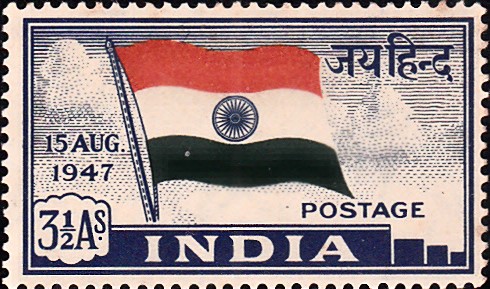
JAI HIND : Dominion of India
Complete Set of 3 nos of commemorative postage stamps on the Independence of India on 15th August, 1947 : Jai Hind :
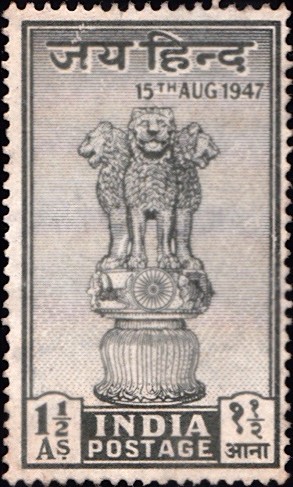

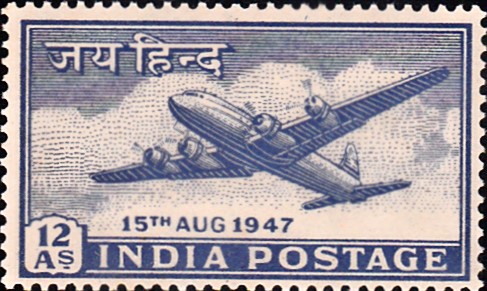 Issued by India
Issued by India
Issued on Nov 21 (1½ & 12 Anna) & Dec 15 (3½ Anna), 1947
Issued for : The first issue of Postage Stamps in India, was made in Sindh in 1852. They were of three kinds.
1. The design embossed on white paper, without colour.
2. Blue, embossed on white paper.
3. The design embossed on vermilion wafers.
Now a century later, INDIA has another historic issue, also of three stamps, in commemoration of INDEPENDENCE.
Design :
1½ a : Asokan Capital,
3½ a : National Flag,
12 a : Modern Aircraft.
These bear the date 15 August 1947 and the slogan ‘Jai Hind‘.
Type : Stamps, Mint Condition
Colour : Multicolor
Denomination :
1½ a : for Inland Postage,
3½ a : for Foreign Correspondence,
12 a : for Foreign Air Mail.
About :
- The postal system in India is, perhaps, as ancient as her temples. For, like all postal systems, it was born of the necessity of maintaining communication, so that the emperor might keep in touch with the officers in charge in provinces at a distance from the capital; and himself, be kept informed of what was taking place.
- Ibn Batuta, travelling in India, in the time of Mohamed Bin Tughlak, in the middle of the fourteenth century says: –
- “There are, in Hindustan, two kinds of couriers, horse and foot; these are generally termed “El Wolak“. The horse-courier, which is generally a part of the sultan’s cavalry, is stationed at a distance of every four miles. As to the foot-couriers there will be one at a distance of every mile occupying stations which they call “El Davah” and making on the whole three miles; so that there is, at the distance of every three miles, an inhabited village, and without this, three sentry boxes where the couriers sit prepared for motion with their loins girded. In the hands of each is a whip about two cubits long, and upon the head of this are small bells. Whenever, therefore, one of the couriers leave any city he takes his despatches in one hand and the whip, which he keeps constantly shaking, in the other. In this manner he proceeds to the nearest foot-courier and, as he approaches, shakes his whip. Upon this, out comes another who takes the despatches and so proceeds to the next. For this reason it is that the Sultan receives his despatches in so short a time.“
- The postal service in India was first thrown open to the public in 1837. Charges were levied in cash, and the lowest rate being Two Annas for every hundred miles, copper tokens of the value of two annas were struck and made available for the payment of postage.
- The first official Air Mail Flight ever undertaken was on the 18th February 1911 when 6500 letters and postcards were flown from the U.P. Industrial and Agricultural Exhibition Grounds, in Allahabad, to Naini junction by M. Pequet, a French aviator. A souvenir postmark was provided by the Postmaster General U.P. for the occasion the seal being destroyed immediately after the flight.


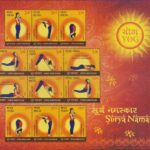
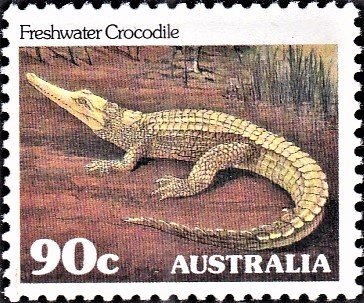
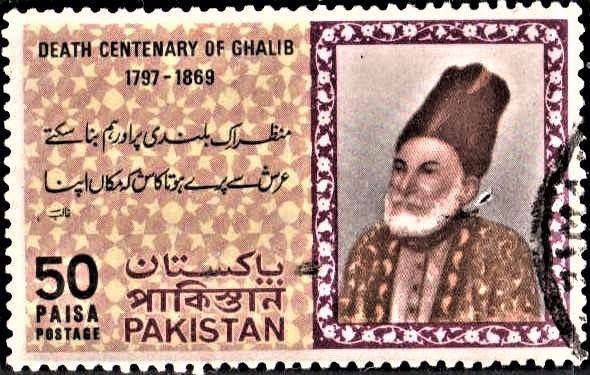
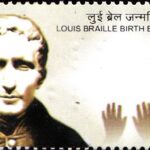
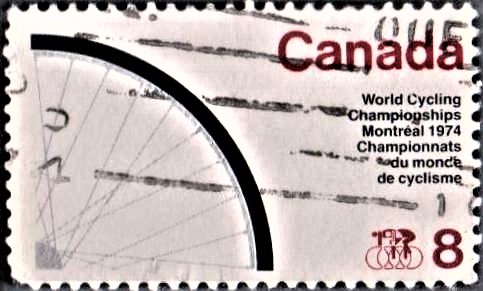
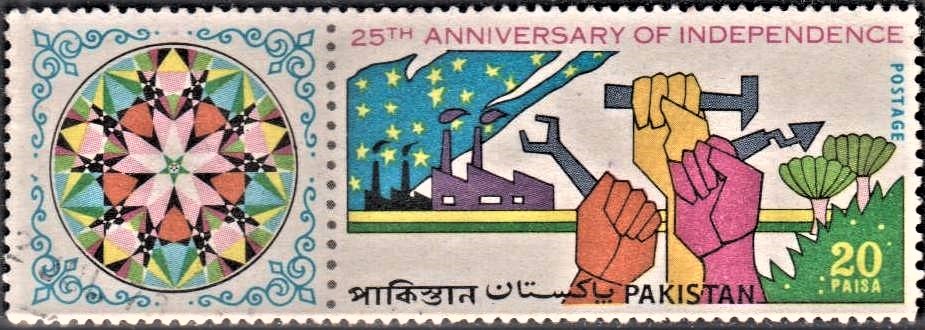
[…] various ragas on the Shehnai saw him accorded the rare privilege of performing on the occasion of India’s Independence Day, August 15th, 1947, where he played Raag Kafi as well as on the occasion of India’s first […]
Would be interested in good quality Albums for first day covers. Would like to see the albums with cost for six albums
[…] depicts the first slogan postmark, heralding the historic day, 15th August 1947 along with the first postage stamp issued, by Independent […]
[…] various ragas on the Shehnai saw him accorded the rare privilege of performing on the occasion of India’s Independence Day, August 15th, 1947, where he played Raag Kafi as well as on the occasion of India’s first […]
[…] stamps. The second stamp depicted in the Souvenir Sheet is one among the three stamps of Jai Hind series issued after independence. This stamp was issued in 1947 and depicts the national emblem of […]
[…] became a part of the British empire. Later Cochin was the first Indian state to willingly join the Indian Union in 1947. In November, 1956 it was merged with the Malabar district of Madras state to form the […]
[…] As a young man seeking justice for the Indians in South Africa he evolved the method of action that will forever be associated with his name – Satyagraha, passive resistance. With this he returned in India, where his countrymen were striving to free themselves from British rule. He gave then his gospel of truth and non-violence, put courage into their hearts, steeled their will to revolt, and led them ultimately, after years of suffering and sacrifice, to their goal of Independence. […]
[…] spirit lived on during and after the trials of I.N.A. officers in Delhi. The magic words “Jai Hind” (Victory to India) are a living bequest of this glorious chapter in India‘s history […]
[…] journey towards a constitutional framework began long before India’s independence. The need for such a framework emerged from the socio-political challenges posed by British […]